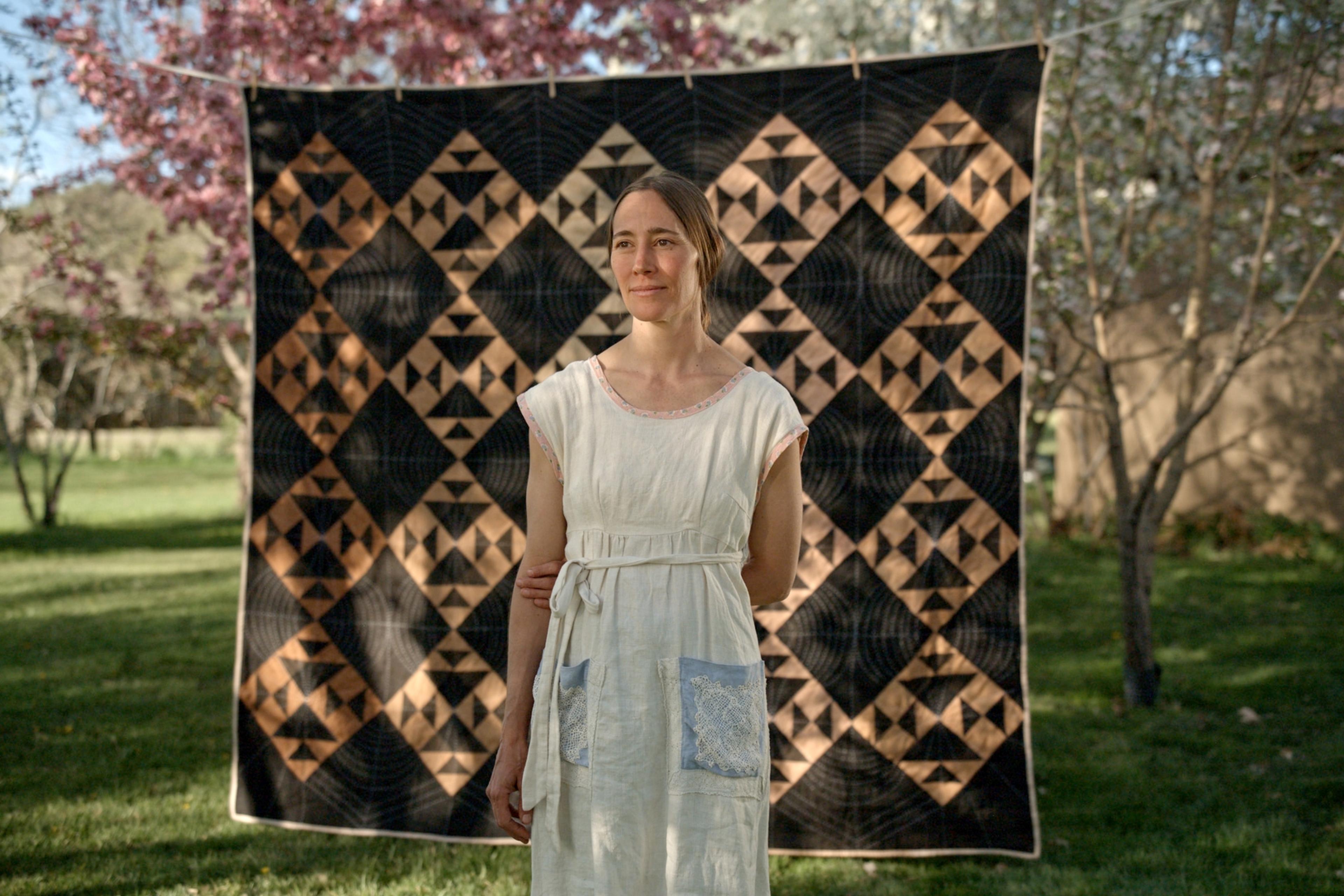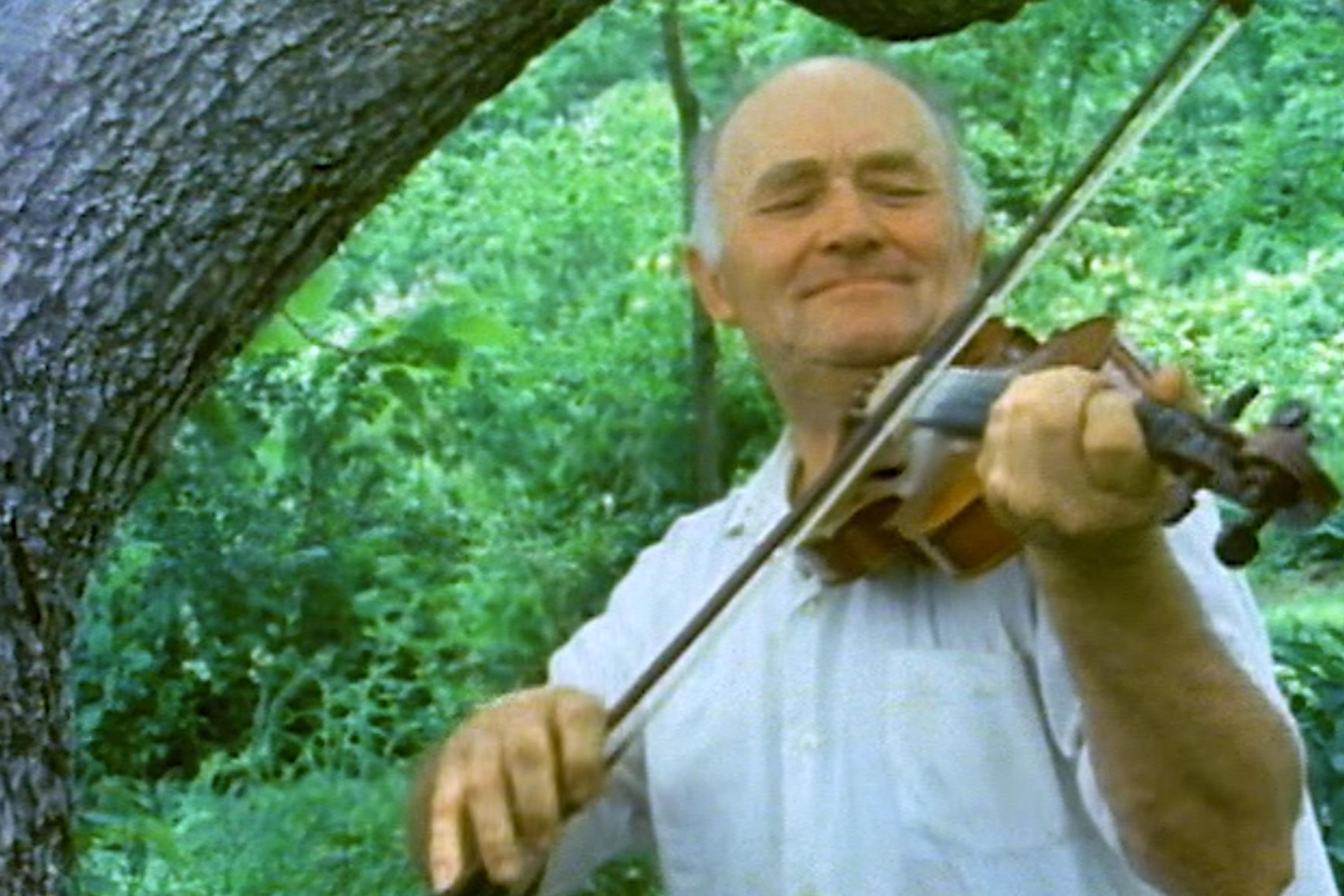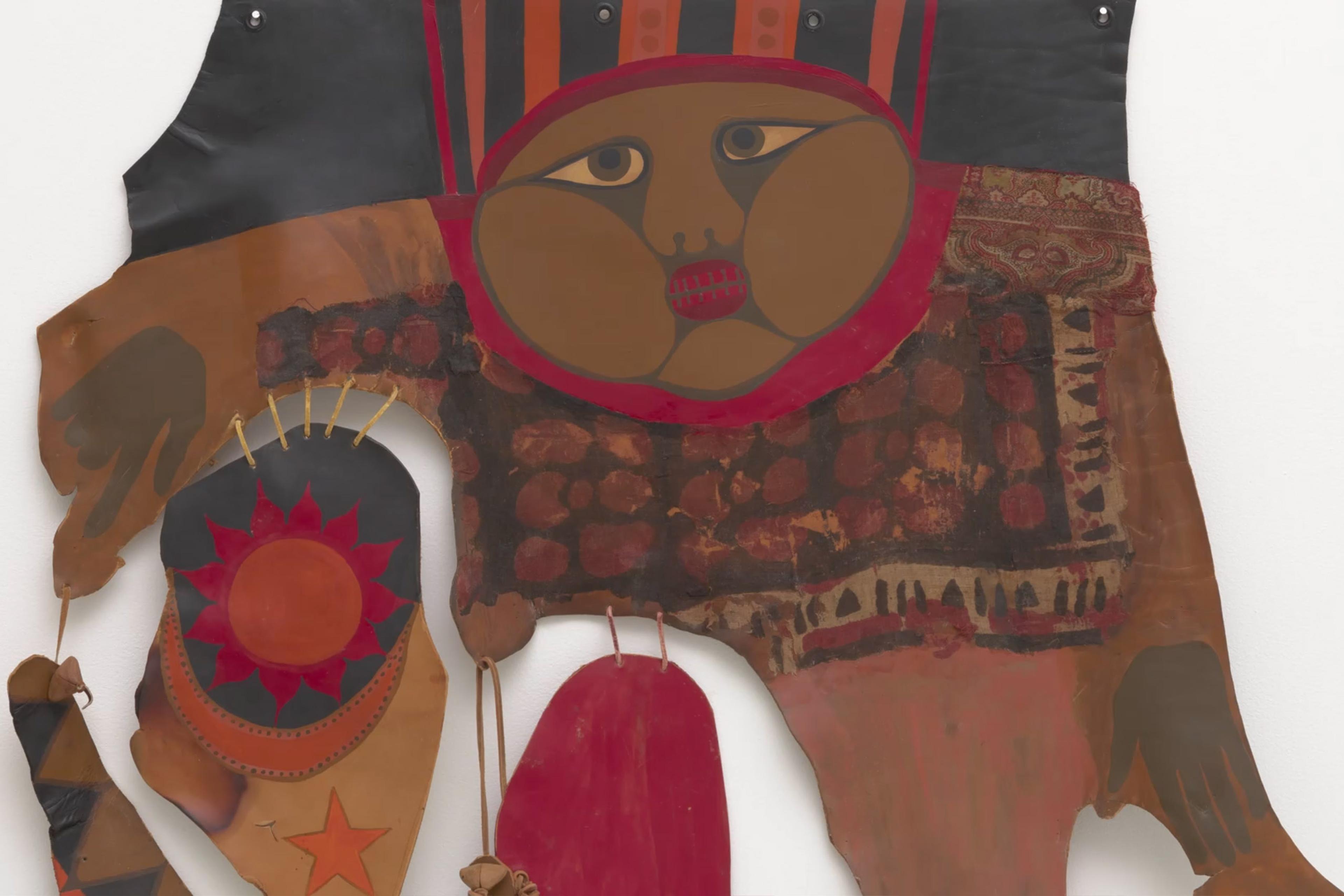Boykin, Alabama – also known as Gee’s Bend – is, at first glance, a somewhat unremarkable place. An overwhelmingly Black community with a population just above 200, it resembles a great many quiet towns in the Southern United States. Modest houses dot the streets. The ripples of tractor and four-wheeler engines are often the loudest sounds for miles. Garments hang out to dry on clotheslines. But the arresting array of colours and patterns frequently seen hanging alongside them hint at why Gee’s Bend has come to be considered a cultural centre for this American art form, and home to a collective of celebrated artists.
In Gee’s Bend, quilting is a craft with roots in necessity, not artistic intention. Quilts there were first made by enslaved women stitching together fabric scraps to provide warmth for themselves and their loved ones. The tradition continued through the sharecropping era, and many of the women who experienced this ‘slavery by another name’ in their youth, picking cotton in intense heat and surrounded by overt racial discrimination, turned to quilting for a stable source of income, forming a cooperative to sell their wares. Over the ensuing decades, the quilts of Gee’s Bend would, much to the surprise of their creators, come to be celebrated as important folk art, exhibited widely around the US, including at the Museum of Fine Arts Houston, the Philadelphia Museum of Art and the Whitney Museum of American Art in New York City. Writing about the 2002 Whitney Museum exhibition for The New York Times, the art critic Michael Kimmelman called the Gee’s Bend quilts ‘some of the most miraculous works of modern art America has produced’, adding: ‘Imagine Matisse and Klee … arising not from rarefied Europe, but from the caramel soil of the rural South …’
But all these accolades feel a world away in Maris Curran’s film. While I Yet Live takes viewers to a Gee’s Bend that, for all its prestigious magazine and newspaper profiles and rarefied art-world acclaim, still feels quite remote and small. As five of these master quilters discuss their craft, the exalted place their work has come to occupy in US art appears only in passing. One quilter, Mary Lee Bendolph, flips through a book of Gee’s Bend quilt designs, and points out her own. Another, Rita Mae ‘Rabbit’ Pettway, says: ‘I never thought quilts would be in no museum, no way.’ Even though they seem mostly happy about the recognition, what drives their work and prompts the most emotion is their pride and joy in crafting, and their love of community and family.
In her elegant profile of the quilters of Gee’s Bend, Curran wisely embraces a sparse style, eschewing the commercial-slick filmmaking common to so many artist portraits. Allowing her lens to linger on sprawling oak trees and quilts swaying in the breeze, and making room for chirping birds and crickets to enter the soundscape, Curran brings a truly immersive quality to her portrait. Even the music is locally sourced, with the quilters providing stirring Black spirituals between scenes. By giving the women of Gee’s Bend room to tell their own story, and letting the beautiful quilts – rather than art-world talking heads – make their own case, the film’s themes of finding dignity and strength through spirituality, craft and community come through in wondrous focus.
Written by Adam D’Arpino







